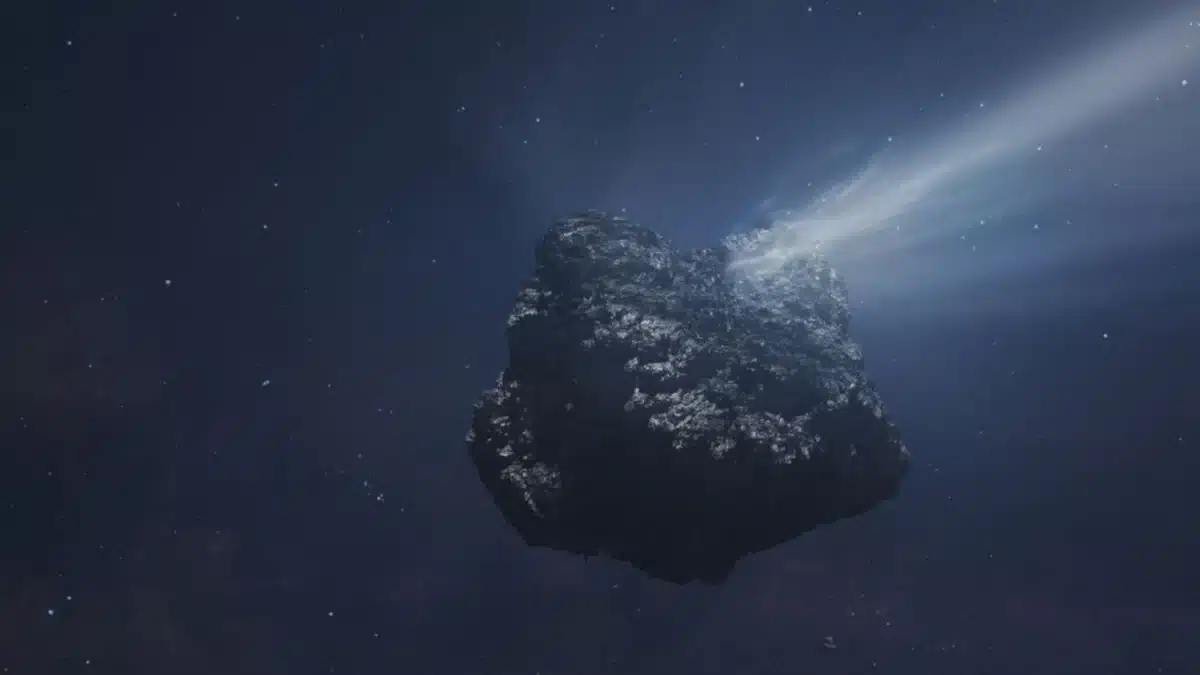ESO Achieves High-Resolution Imaging of Interstellar Comet 3I/ATLAS

In early July 2025, astronomers made an exciting announcement regarding comet 3I/ATLAS, which was first detected on July 1 by a Chilean telescope as part of NASA’s ATLAS network. This comet is confirmed to be an interstellar visitor with a hyperbolic orbit, making it the third interstellar object identified in our solar system, following 1I/’Oumuamua in 2017 and 2I/Borisov in 2019. The European Southern Observatory’s Very Large Telescope (VLT) captured stunning images of the comet on July 3, revealing its trajectory toward the Sun and its closest approach to Earth expected in late October 2025.
High-Definition Telescope Imaging
NASA quickly recognized 3I/ATLAS as an interstellar object due to its highly eccentric, hyperbolic orbit shortly after its discovery. By the time the VLT captured images on July 3, the comet was approximately 670 million kilometers from the Sun and moving toward Earth. The VLT’s FORS2 camera provided the clearest views of the comet to date, depicting it as a small, fuzzy white patch with a faint tail against the dark backdrop of space. The European Southern Observatory (ESO) explained that the images were enhanced by digitally removing background stars, allowing for a clearer view of the comet’s active coma, which consists of gas and dust. This activity confirms its classification as a comet rather than a mere asteroid. A timelapse video from the VLT illustrates the comet’s movement against the starry background, showcasing its drift over a span of 13 minutes.
Significance and Future Observations
Models of 3I/ATLAS’s orbit indicate that it will make its closest approach to Earth in late October 2025. However, during this time, the comet will be positioned near the Sun, rendering it unobservable from ground-based telescopes. Astronomers anticipate that the comet will reappear in early December 2025, providing further opportunities for observation. Researchers are eager to study 3I/ATLAS to uncover insights into its composition, structure, and origin. The VLT and other telescopes will continue to monitor the comet as long as it remains visible. These observations are crucial for comparing 3I/ATLAS with previous interstellar visitors, ‘Oumuamua and Borisov, thereby enhancing our understanding of the origins and characteristics of such celestial objects.
Observer Voice is the one stop site for National, International news, Sports, Editor’s Choice, Art/culture contents, Quotes and much more. We also cover historical contents. Historical contents includes World History, Indian History, and what happened today. The website also covers Entertainment across the India and World.

